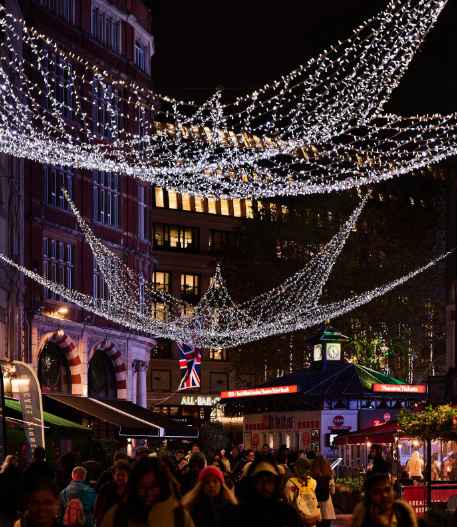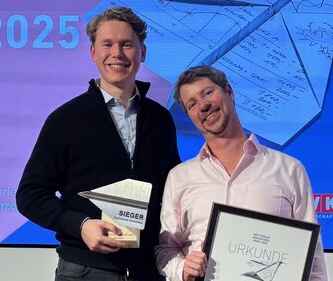The Birmingham Curzon HS2 Masterplan is set to be adopted by the city council at its cabinet meeting on the 27 July. The masterplan, which was launched for public consultation in 2014, sets out proposals to deliver a world class integrated city centre terminus station – Birmingham Curzon – along with major regeneration across Eastside, Digbeth and the City Centre Core.
The planned regeneration will boost the city’s economy by £1.4bn a year and see 36,000 jobs, 600,000 sq. metres of employment space and 4,000 homes delivered.
The ambitious plans will be amongst the largest regeneration schemes in the country and one of the biggest announced on the back of HS2.
Forming a key part of the national high speed rail network the new city centre terminus station will see direct connections to London, Manchester, Sheffield and Leeds. The first phase, set to open in 2026, will provide journey times of 49 minutes between London and Birmingham.
Since its launch the Birmingham Curzon HS2 Masterplan has helped secure the following benefits:
• An initial Government allocation of £41.5m to extend the Midland Metro tram to Eastside;
• £30m of funding from the Greater Birmingham and Solihull Local Enterprise Partnership to deliver local infrastructure across the masterplan area;
• The decision by HS2 Ltd to locate their national Construction HQ in Birmingham creating 1,500 new jobs;
• The decision to co-locate the National College for High Speed Rail within the masterplan area.
• Announcement by the Chancellor to extend the City Centre Enterprise Zone to support the funding of local infrastructure.
• The launch of the Curzon Regeneration Company as a shadow board – a partnership between Birmingham City Council, Government, LEP, Centro and HS2 Ltd – which will drive forward the future regeneration of the area.
Councillor Tahir Ali, cabinet member for development, transport and the economy, said: “We will have a completely new rail terminus in the heart of the city; the first for more than 100 years. Sitting between the city centre, the Eastside regeneration area and the Digbeth creative business quarter, the development offers fantastic regeneration opportunities and will see the city’s economy grow and prosper.”
















